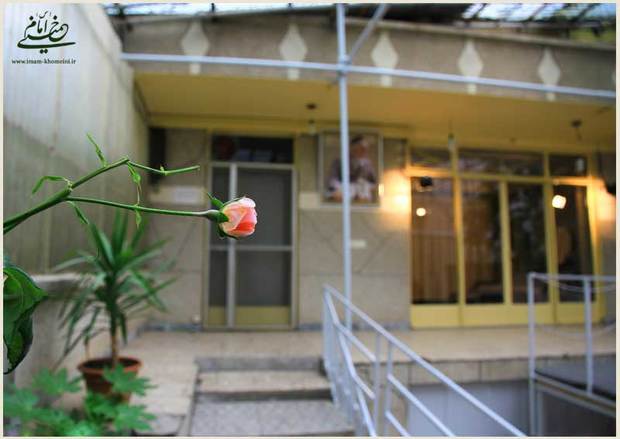- News code: 1494004
Just months after the victory of the Islamic Revolution in 1979, Imam Khomeini declared his assets details and instructed other relevant government authorities to follow the suit.
Under Imam's leadership, all officials and government authorities were also instructed to declare their assets and properties.
Imam had ancestral homes in the holy citites of Qom and Khomein and some ancestral land which was also shared by Imam's elder brother Ayatollah Pasandideh and other siblings.
Imam Khomeini, the late founder of the Islamic Republic, lived in a simple house with the barest essentials, and he ate simple food. When he passed away, the Imam left behind nothing except a few books.
Unlike the practice of so many 'revolutionary' leaders around the world, the Imam did not occupy any of the palaces vacated by the Shah.
How many examples of such profound affection for a leader can one find in the world?
These were the sum total of this great man's possessions, who had brought about one of the greatest revolutions of this century.
Only a true man of God could live like this. Professor Hamid Algar, a leading authority on Iran, quotes a favourite du'a of the Imam from the Munajat-e Shabanniyyah: 'O Allah! Grant me total separation from other than You and brighten the vision of our hearts with the vision of looking upon You. So they may pierce the veil of light and attain the fountainhead of magnificence, and our spirits be suspended from the splendor of Your sanctity.'
When the Imam returned from exile in January 1979 he was welcomed by millions of people in Tehran.
Over 10 million people joined his funeral procession in June 1989.
The authorities had to urge people from outlying areas not to come to Tehran because the city's services could not cope with such numbers.

